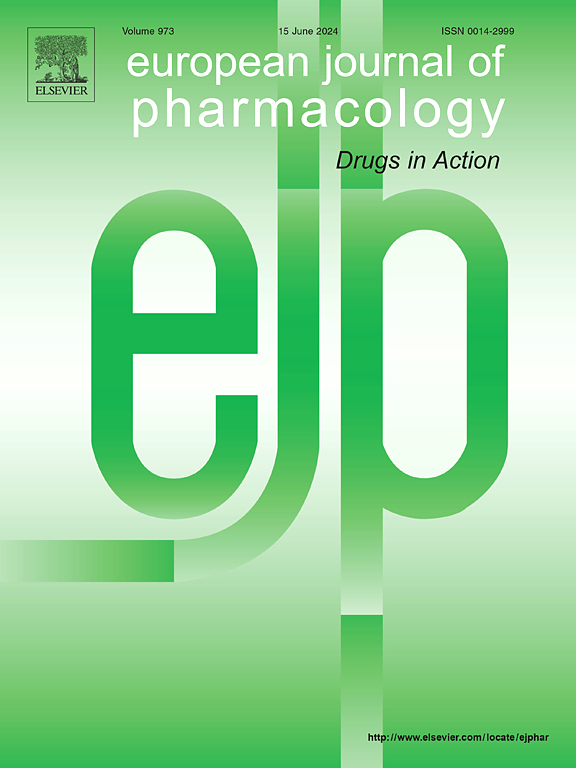Discovery of the first isoform-specific sGC activator: Selective activation of GC-1 by runcaciguat
IF 4.2
3区 医学
Q1 PHARMACOLOGY & PHARMACY
引用次数: 0
Abstract
Drug research and development programmes targeting soluble guanylyl cyclase (sGC) have been highly successful, leading to the launch of the sGC stimulators riociguat for pulmonary hypertension (2013) and vericiguat for chronic heart failure (2021). As the main receptor for nitric oxide, sGC plays a vital role in various physiological processes. It consists of an alpha and a beta subunit, with two distinct isoforms identified in humans: GC-1 (α1/β1) and GC-2 (α2/β1). Growing evidence indicates that these isoforms engage in different downstream signalling pathways, indicating that isoform-specific approaches could lead to novel therapeutic opportunities and reduce potential side effects.
In this study, we performed concentration-response measurements with the sGC activators BAY 60–2770, BI 703704 and runcaciguat (BAY 1101042) in cell systems expressing each isoform and in purified enzymes. We found that runcaciguat selectively activated GC-1, while acting as a competitive antagonist to other activators in GC-2, without interfering with nitric oxide. BAY 60–2770 and BI 703704 activated both isoforms, albeit with varying efficacy.
Our findings challenge the historical view that the two sGC isoforms are functionally indistinguishable. In fact, we demonstrate that the isoforms can be activated independently, highlighting their distinct functional profiles. Notably, runcaciguat is the first sGC activator identified to selectively target GC-1 at therapeutic concentrations. This selective targeting of isoforms not only opens avenues for new therapeutic strategies but also provides an alternative to knockout animal models for investigating isoform-specific functions.

求助全文
约1分钟内获得全文
求助全文
来源期刊
CiteScore
9.00
自引率
0.00%
发文量
572
审稿时长
34 days
期刊介绍:
The European Journal of Pharmacology publishes research papers covering all aspects of experimental pharmacology with focus on the mechanism of action of structurally identified compounds affecting biological systems.
The scope includes:
Behavioural pharmacology
Neuropharmacology and analgesia
Cardiovascular pharmacology
Pulmonary, gastrointestinal and urogenital pharmacology
Endocrine pharmacology
Immunopharmacology and inflammation
Molecular and cellular pharmacology
Regenerative pharmacology
Biologicals and biotherapeutics
Translational pharmacology
Nutriceutical pharmacology.

 求助内容:
求助内容: 应助结果提醒方式:
应助结果提醒方式:


